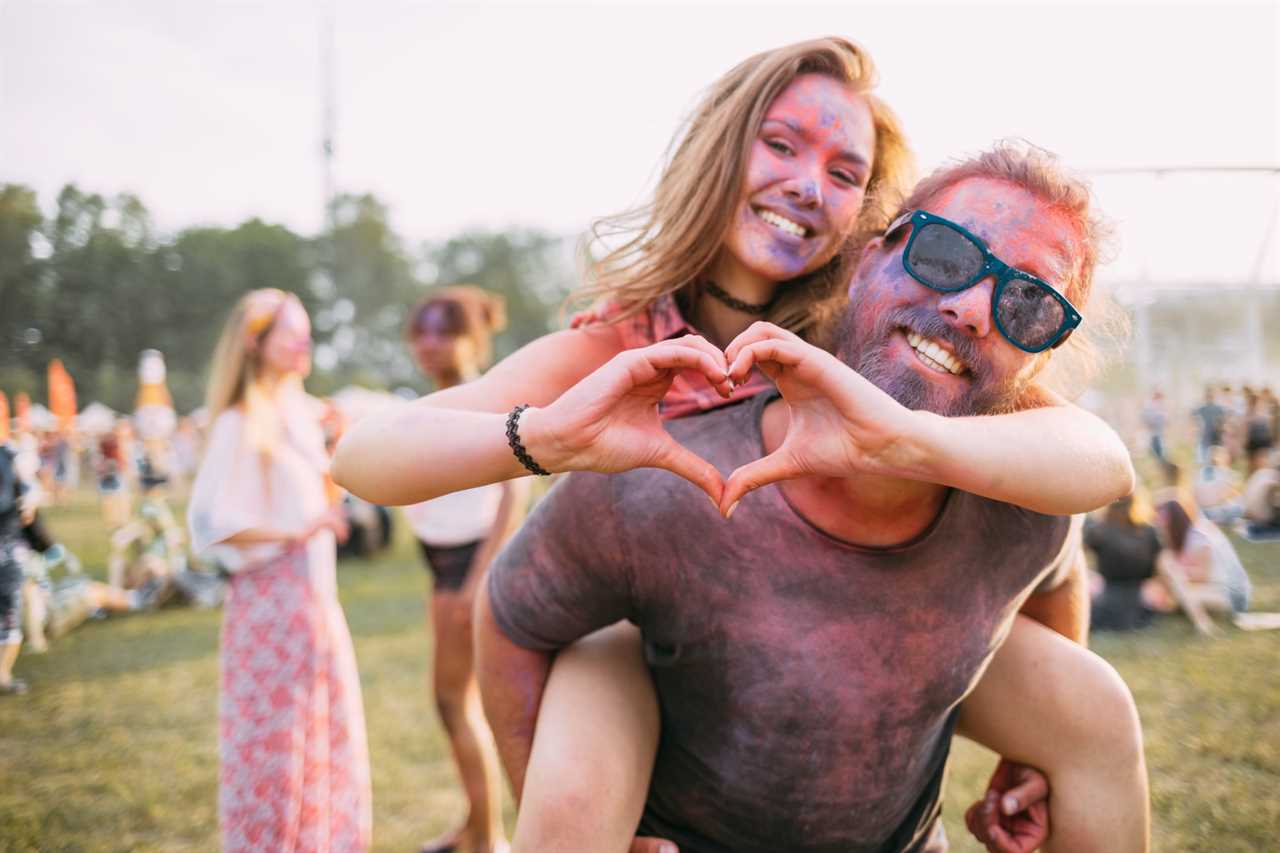
In a world where wealth often dictates access to cultural experiences, it’s essential to recognize the rich, diverse cultural tapestry that can be woven from everyday life, irrespective of economic status. People living with fewer financial resources often develop unique ways to engage with culture, celebrate their heritage and create meaningful experiences. Here are 15 unexpectedly rich cultural experiences enjoyed by many who live modestly.
1. Community Festivals
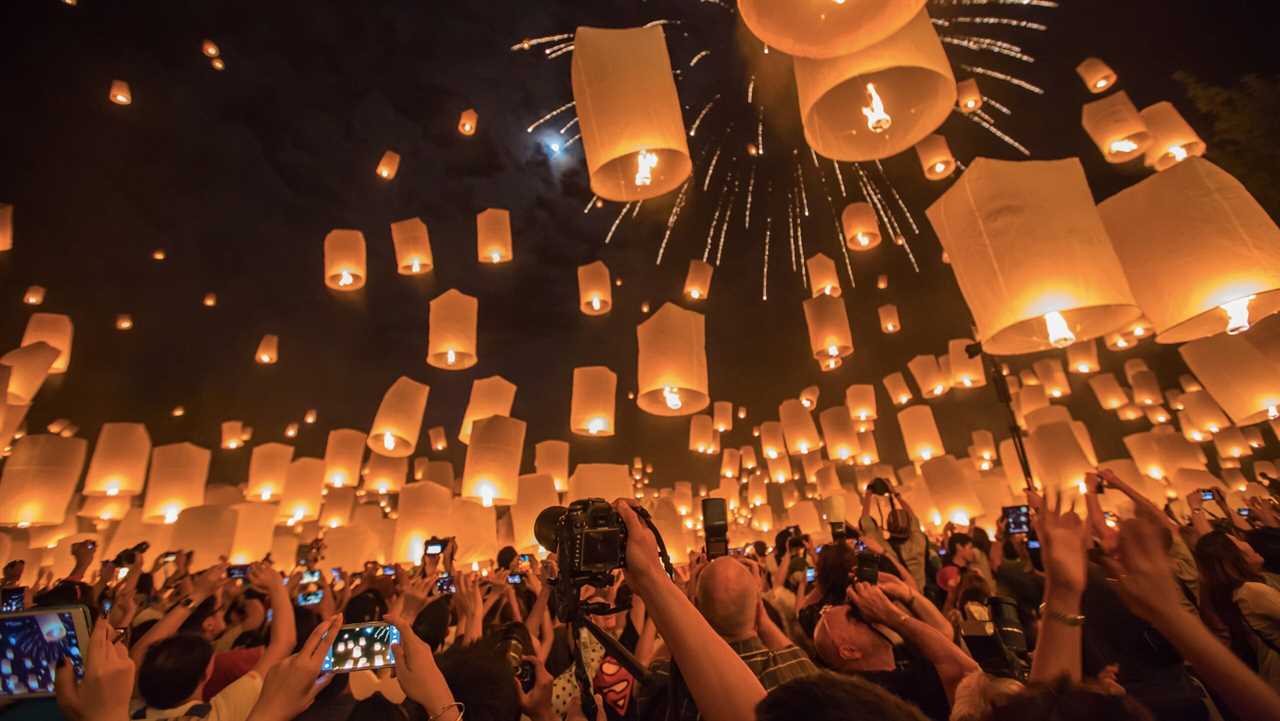
Local community festivals are vibrant celebrations that bring neighborhoods together. These events often feature traditional music, dance, and food, showcasing the rich cultural heritage of the residents. Participation in these festivals is usually free or low-cost, allowing everyone to join in the fun. They serve as a reminder that joy and culture can thrive in the simplest of settings.
2. Street Performances
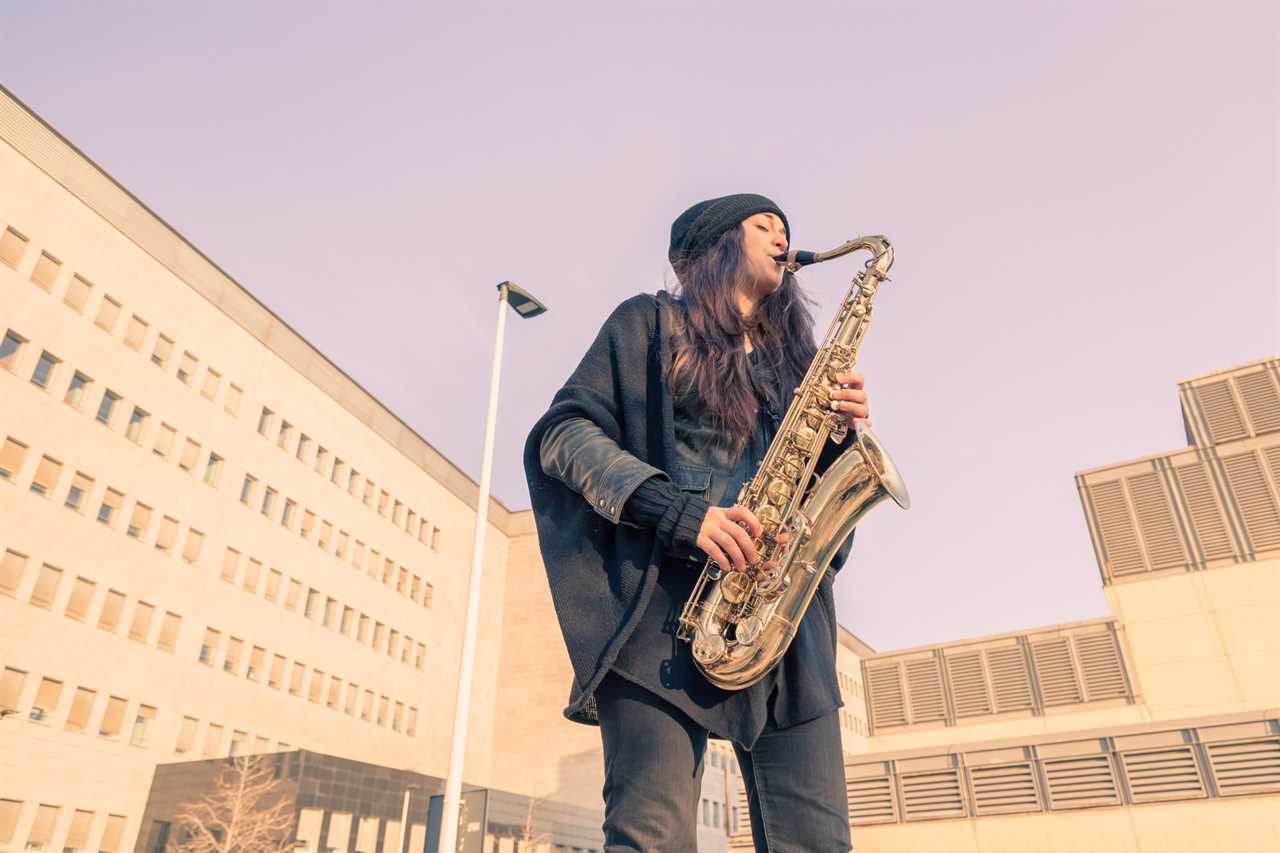
Street performances provide accessible entertainment for all. Musicians, dancers, and other artists often perform in public spaces, transforming ordinary streets into stages. These impromptu performances can offer high-quality entertainment without the need for expensive tickets. For many, stopping to watch a street performance is a delightful cultural experience that brightens their day.
3. Public Libraries

Public libraries are treasure troves of knowledge and cultural enrichment. They offer free access to books, films, music, and even workshops and events. Libraries serve as community hubs where people can explore different cultures through literature and media. They are invaluable resources for those who cannot afford to buy books or attend cultural events.
4. Potluck Dinners
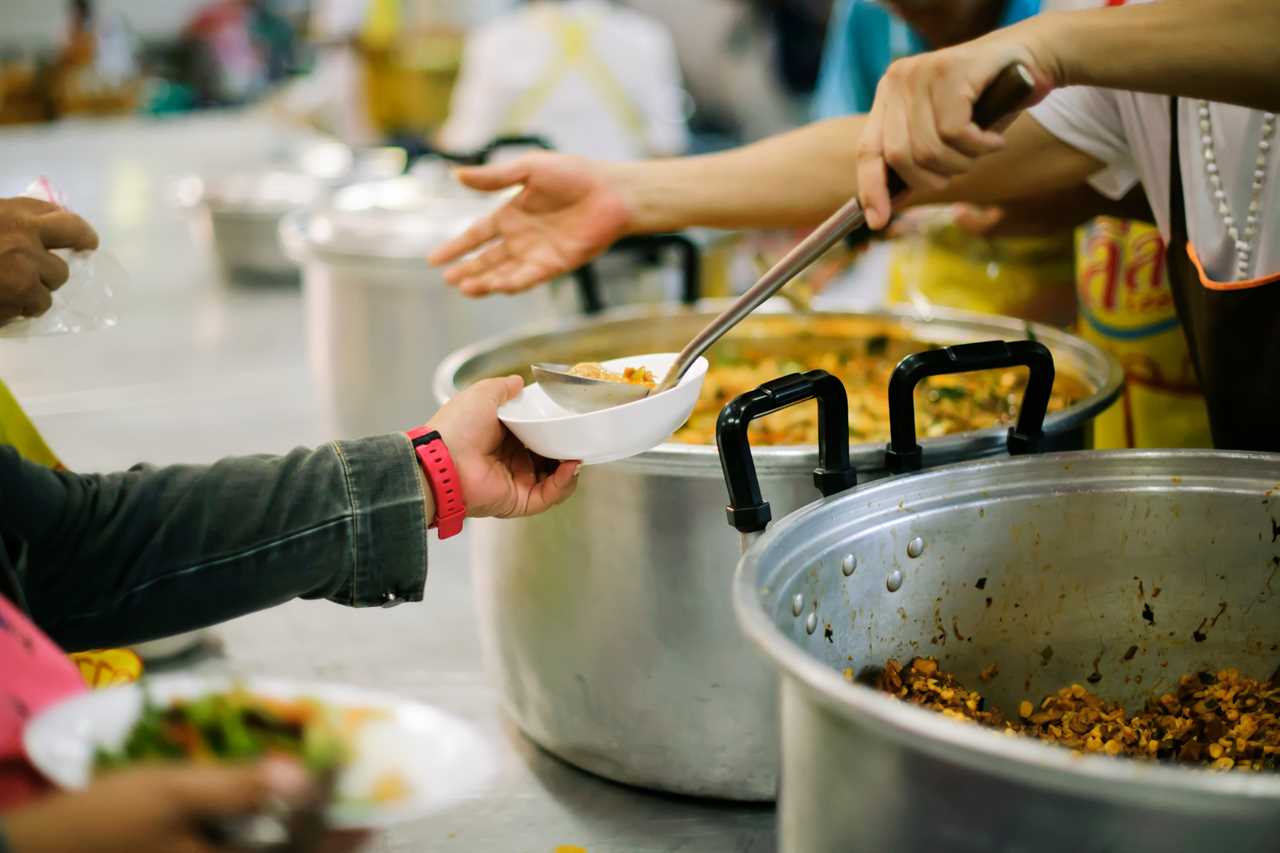
Potluck dinners are communal meals where everyone brings a dish to share. These gatherings are not only economical but also culturally enriching, as they often feature a variety of traditional recipes from different backgrounds. Sharing food and stories fosters a sense of community and allows people to learn about each other’s cultures. The diverse culinary offerings can make potluck dinners a delightful cultural experience.
5. DIY Art Projects

Engaging in do-it-yourself (DIY) art projects is a creative outlet that many enjoy regardless of their financial situation. People use inexpensive or recycled materials to create art, often drawing inspiration from their cultural heritage. These projects can be deeply fulfilling and provide a sense of accomplishment. Community centers and online platforms offer numerous resources for those interested in exploring their artistic side.
6. Storytelling Sessions
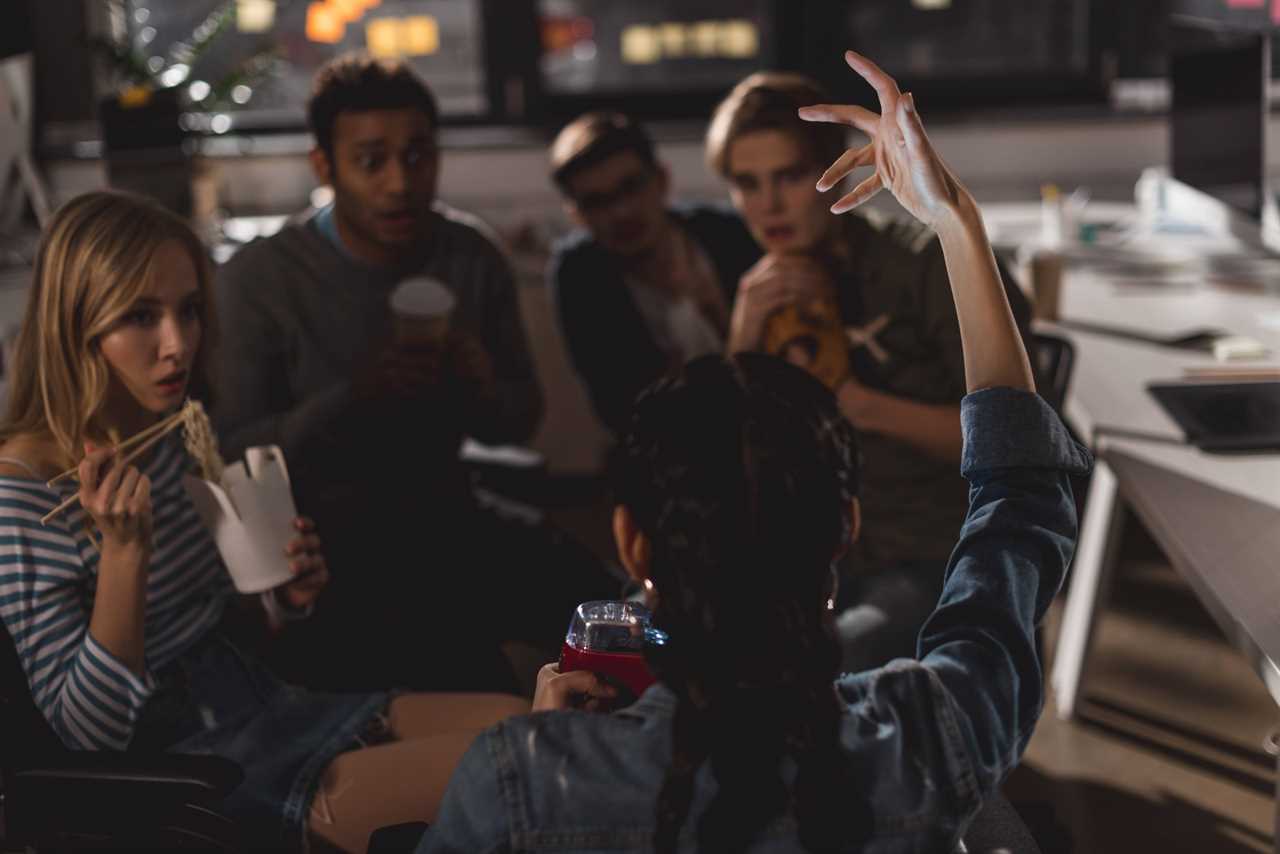
Storytelling sessions, whether formal or informal, are cherished cultural experiences. Many communities hold storytelling nights where elders share folktales, myths, and personal anecdotes. These sessions preserve oral traditions and provide entertainment and education. They also strengthen community bonds by creating shared memories and understanding.
7. Local Museums and Cultural Centers
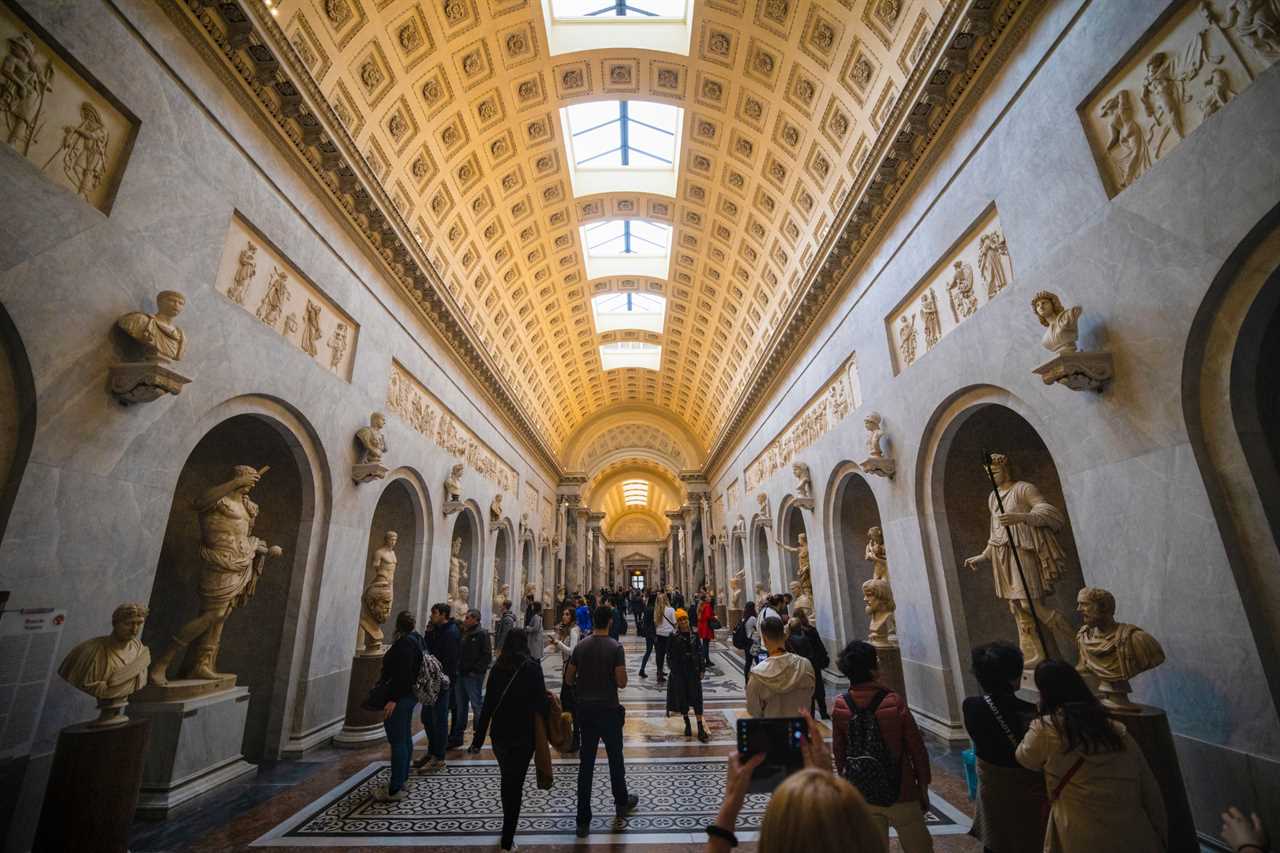
Many local museums and cultural centers offer free or reduced admission on certain days. These institutions provide insights into local history, art, and traditions. Visiting these places can be an educational and enriching experience, offering a deeper appreciation of one’s own culture and that of others. They are accessible ways to enjoy high-quality cultural content without a hefty price tag.
8. Nature Walks and Hikes
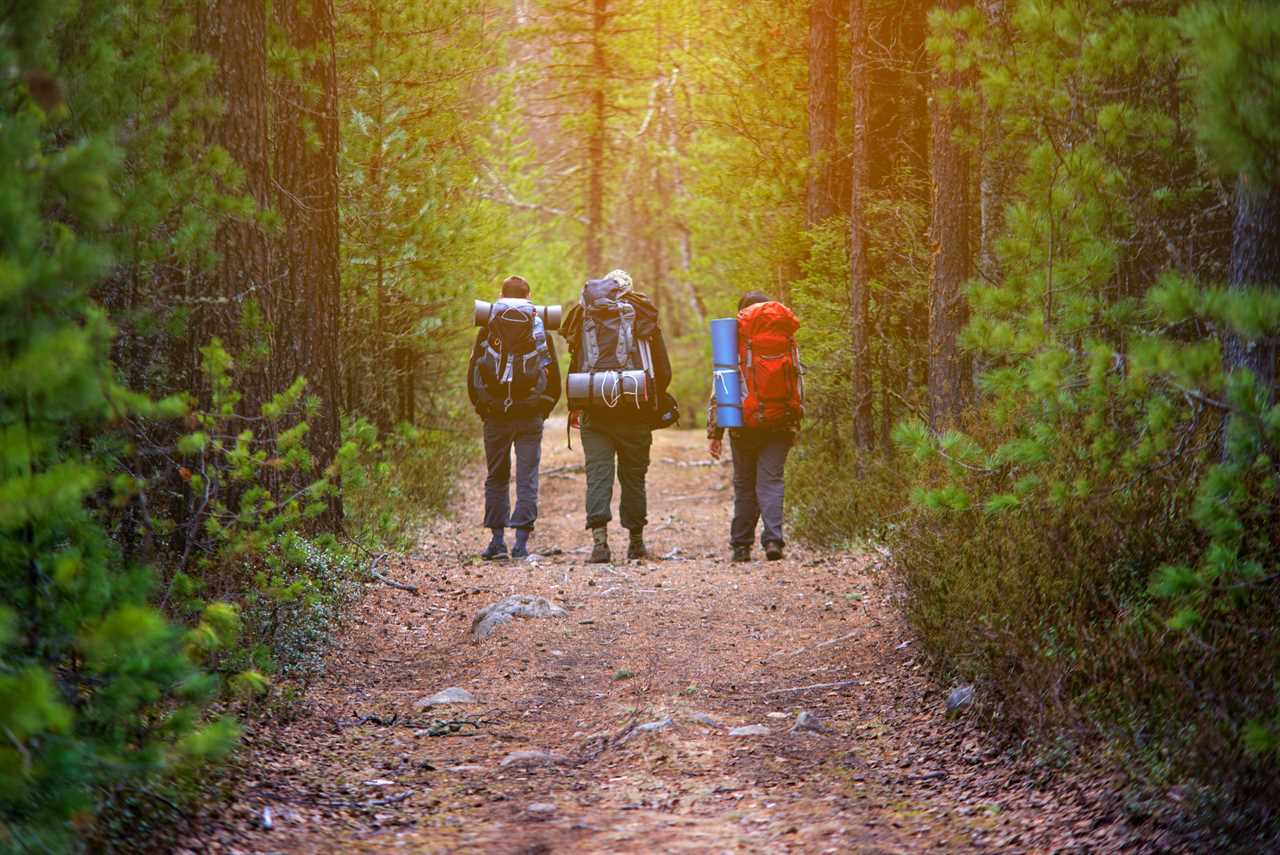
Exploring nature is a universally accessible cultural experience that connects people to the land and its history. Nature walks and hikes are often free and provide opportunities to learn about local flora, fauna, and geography. They can also be occasions to engage in traditional activities such as foraging or birdwatching, which have cultural significance in many communities. Getting outdoors can be a low-cost activity that is culturally enriching.
9. Urban Gardens and Community Farms
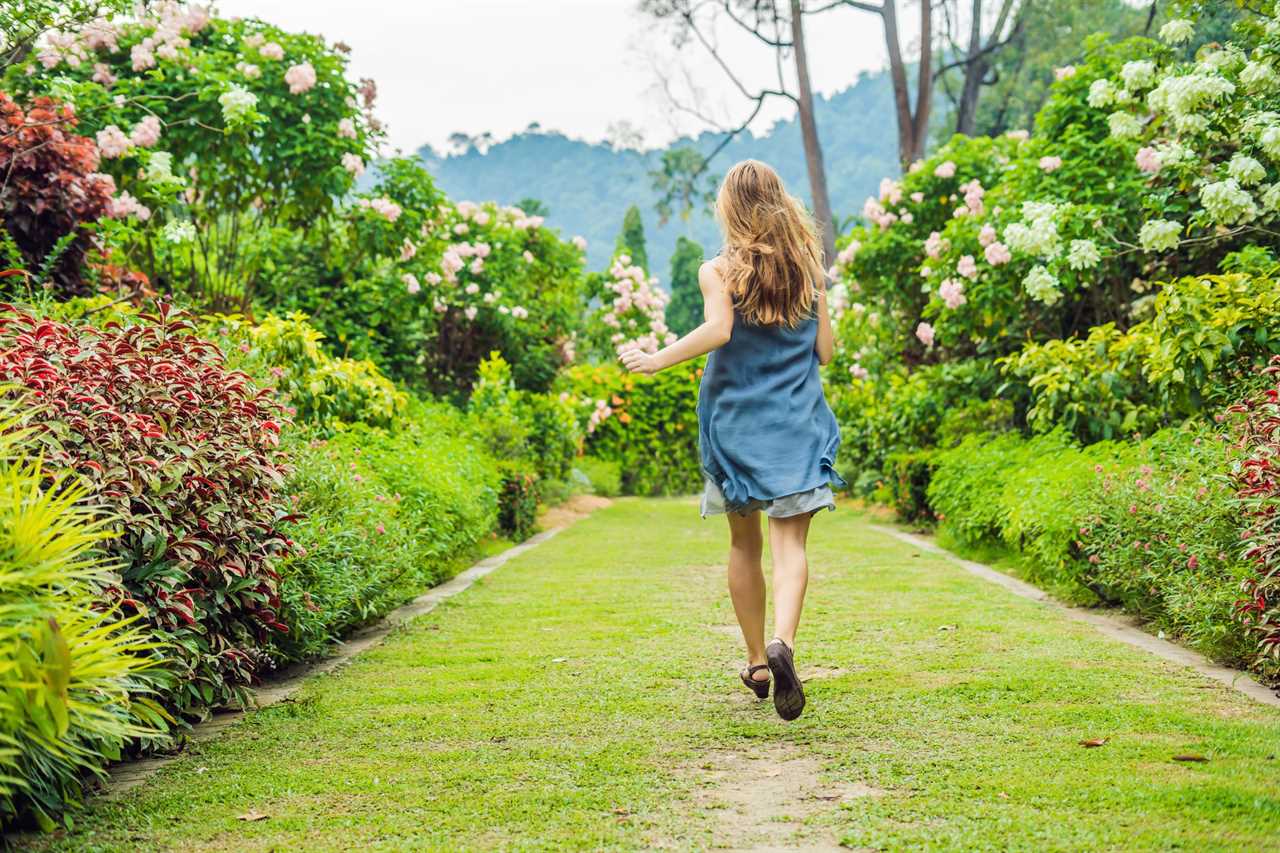
Urban gardens and community farms are becoming increasingly popular as spaces for cultural exchange and learning. These gardens allow people to grow their own food, often using traditional agricultural practices. They are places where people can share knowledge about gardening techniques and cultural food traditions. This fosters a sense of community and sustainability.
10. Secondhand Bookstores and Thrift Shops
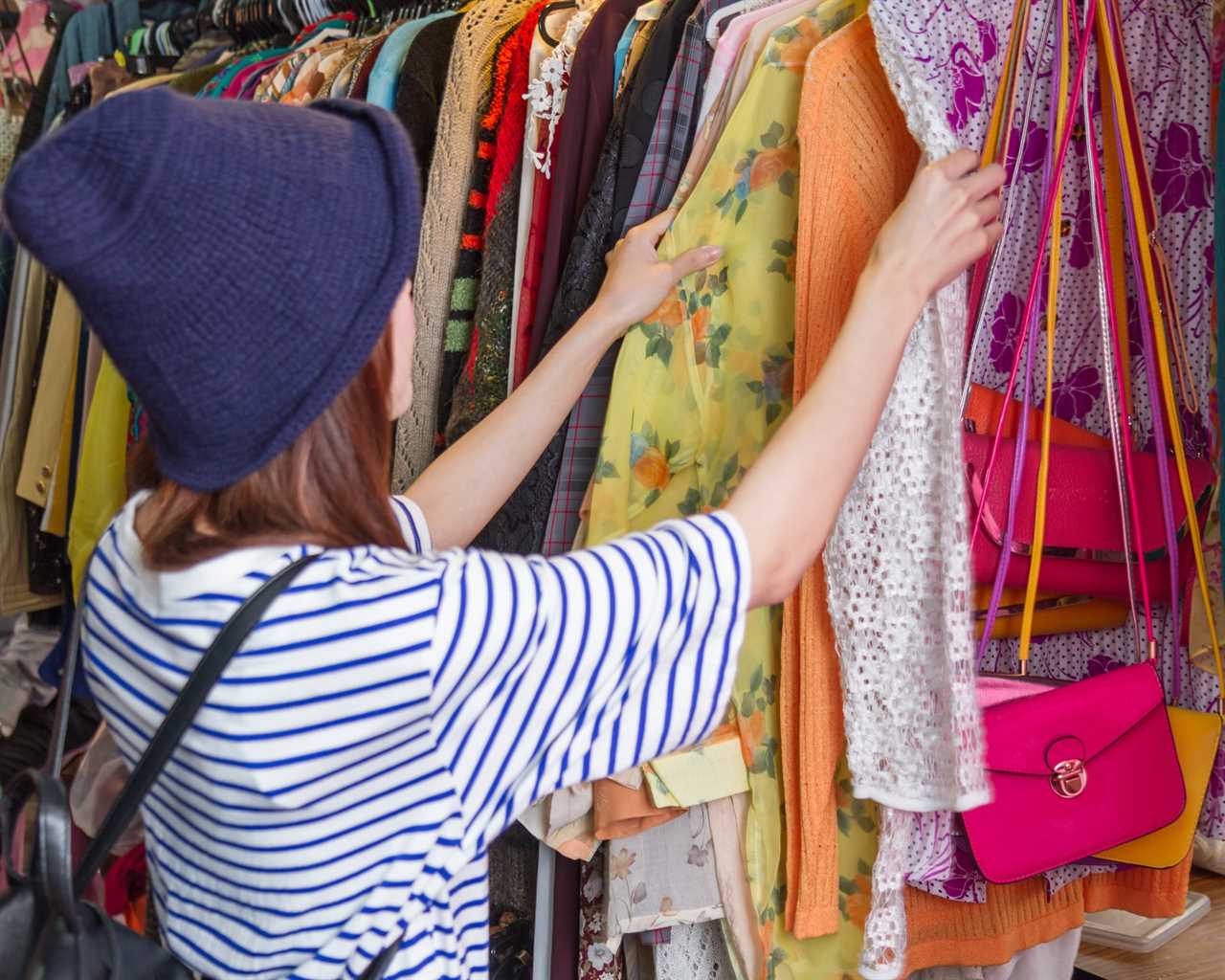
Secondhand bookstores and thrift shops offer more than just bargains; they are cultural goldmines. Browsing through the shelves can lead to discoveries of classic literature, vintage records, and unique cultural artifacts. These shops provide affordable access to cultural materials that might otherwise be out of reach. This allows people to build personal libraries and collections.
11. Local Religious and Spiritual Practices
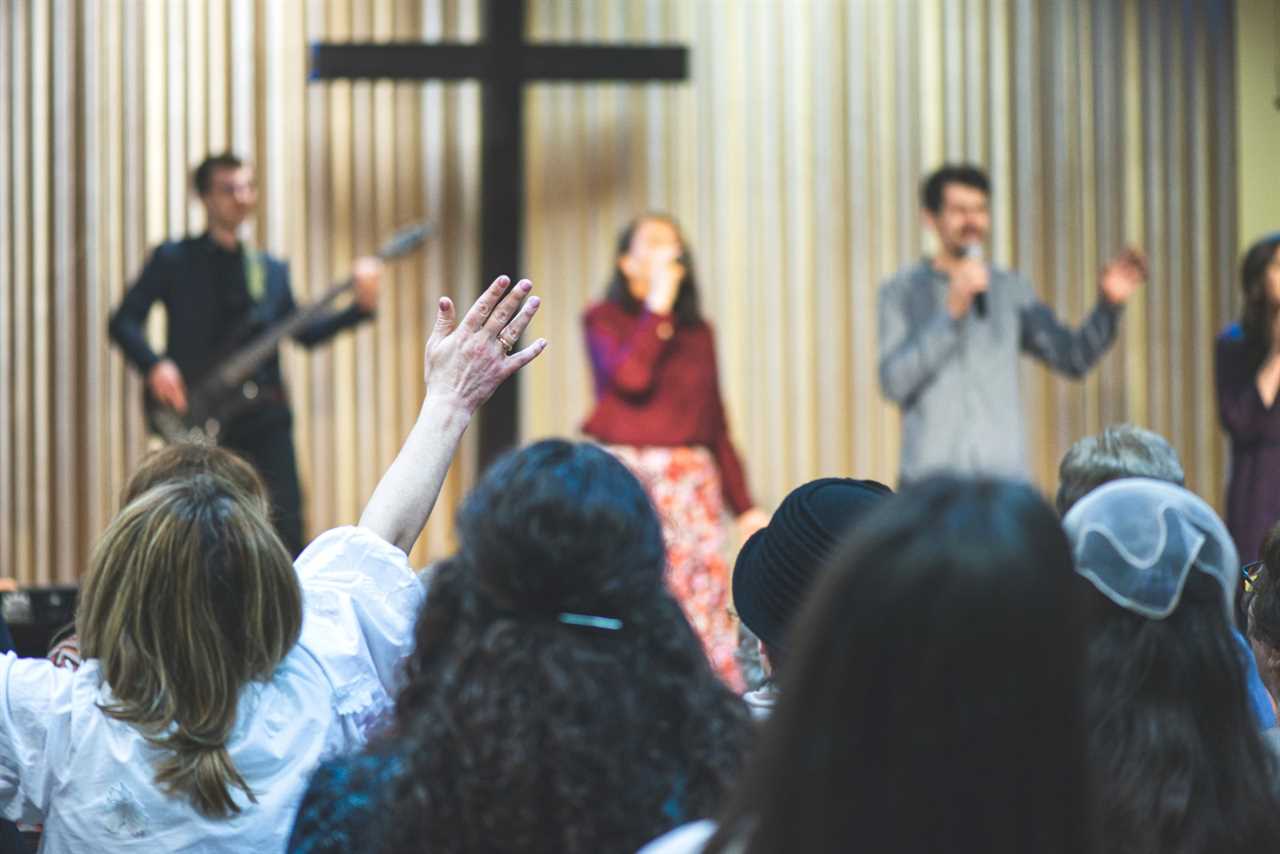
Participating in local religious and spiritual practices can be deeply cultural and fulfilling. Many religious communities host events, celebrations, and rituals that are open to all. These practices often include music, dance, and storytelling, offering a rich tapestry of cultural expressions. They also provide a sense of belonging and purpose.
12. Cultural Exchanges and Language Learning

Engaging in cultural exchanges and learning new languages can be incredibly enriching. Many communities offer free language classes or conversation groups where people can practice new languages and learn about different cultures. These exchanges foster understanding and appreciation of cultural diversity. This can break down barriers and build connections.
13. Cooking and Sharing Traditional Meals
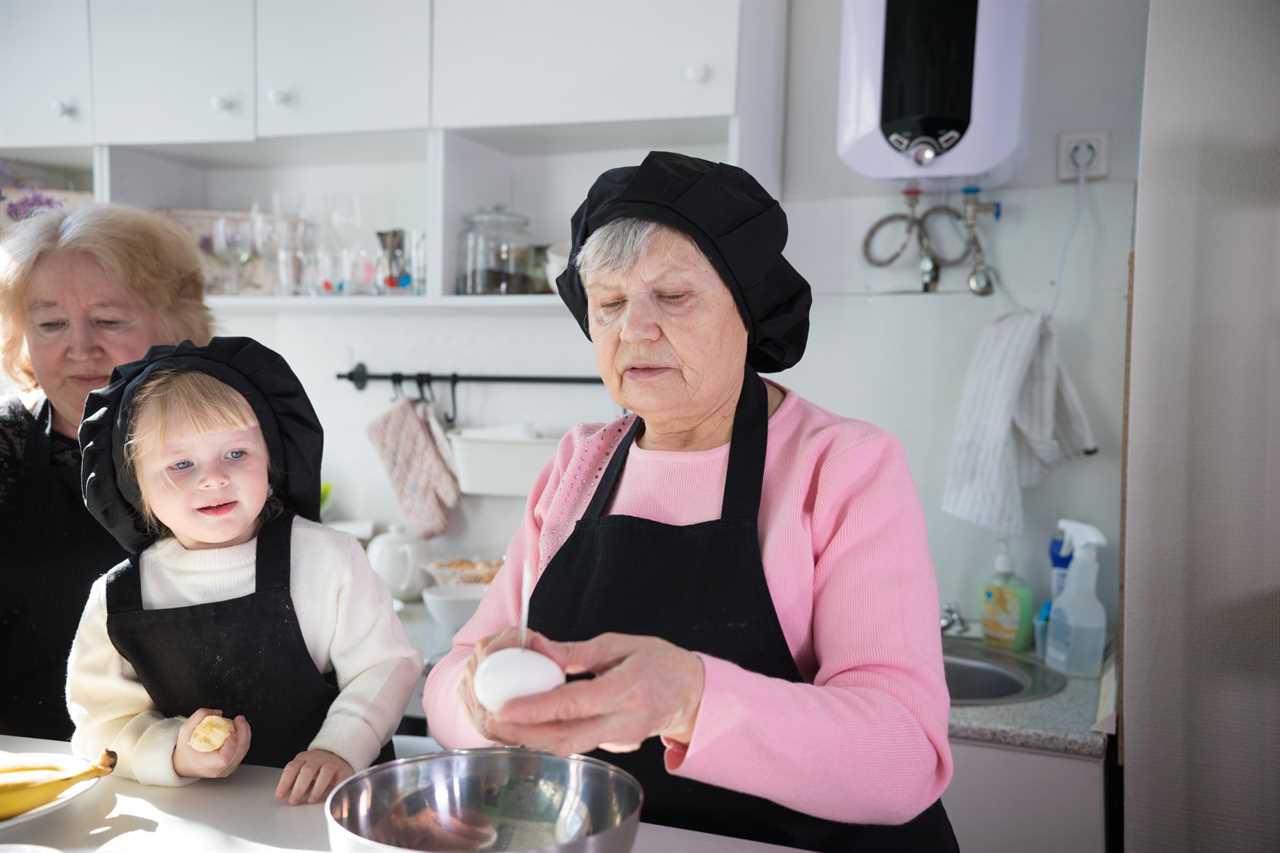
Cooking traditional meals and sharing them with family and friends is a cherished cultural practice. Even with limited resources, people can create delicious dishes that reflect their heritage. Cooking together and sharing meals can be a way to pass down recipes and traditions. Cooking together creates a sense of continuity and connection with one’s roots.
14. Public Art and Murals
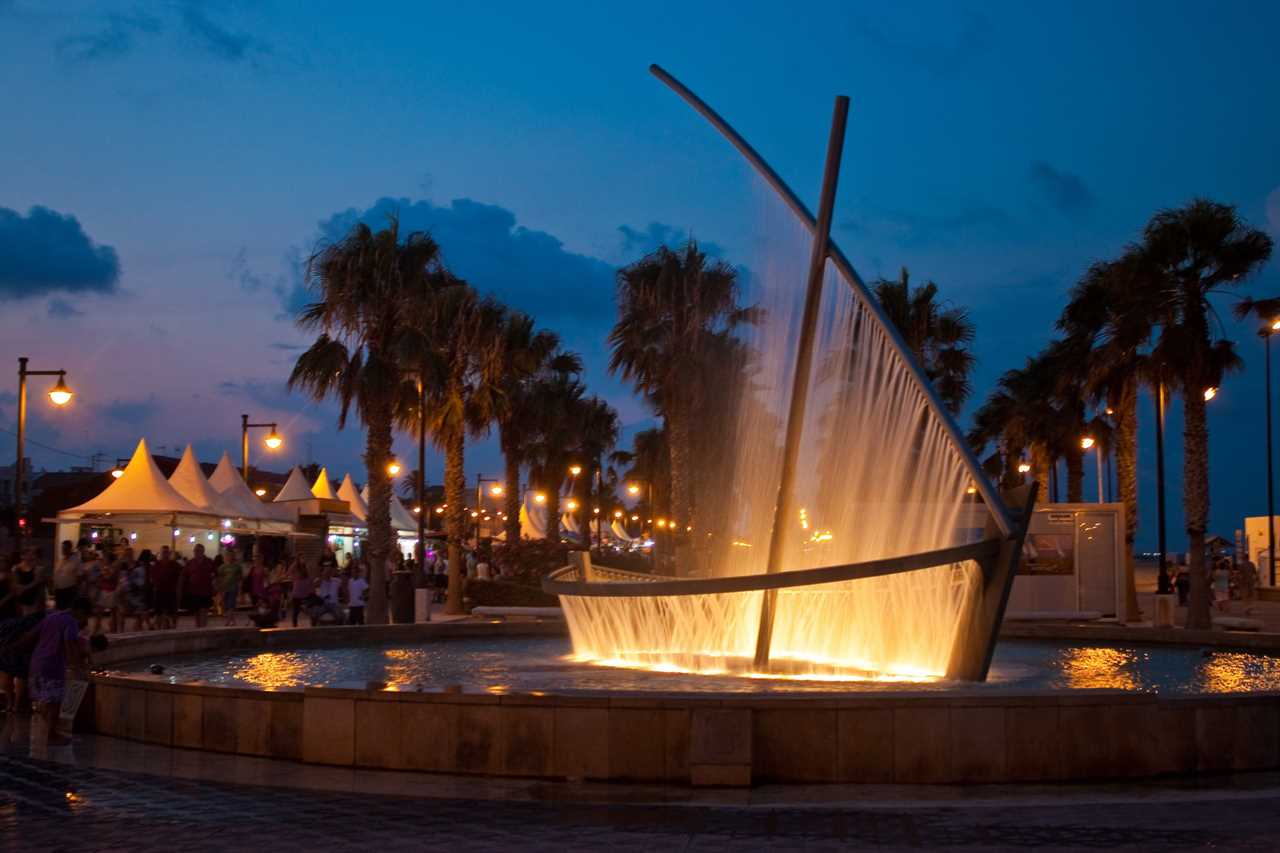
Public art and murals are accessible cultural expressions that beautify urban spaces. Many cities and towns have vibrant murals that tell stories of the community’s history and values. Walking tours of these artworks can be enlightening and inspiring, offering insights into the local culture and the artists’ perspectives. They are cultural experiences that anyone can enjoy simply by taking a walk.
15. Social Media and Online Communities

Social media and online communities have become significant cultural hubs. Platforms like YouTube, Instagram, and TikTok offer endless content on various cultural topics, from traditional crafts to contemporary art. These platforms allow people to share their culture with a global audience and discover new cultural practices from around the world. For many, these digital spaces are invaluable sources of cultural enrichment.
Celebrating Culture Beyond Wealth
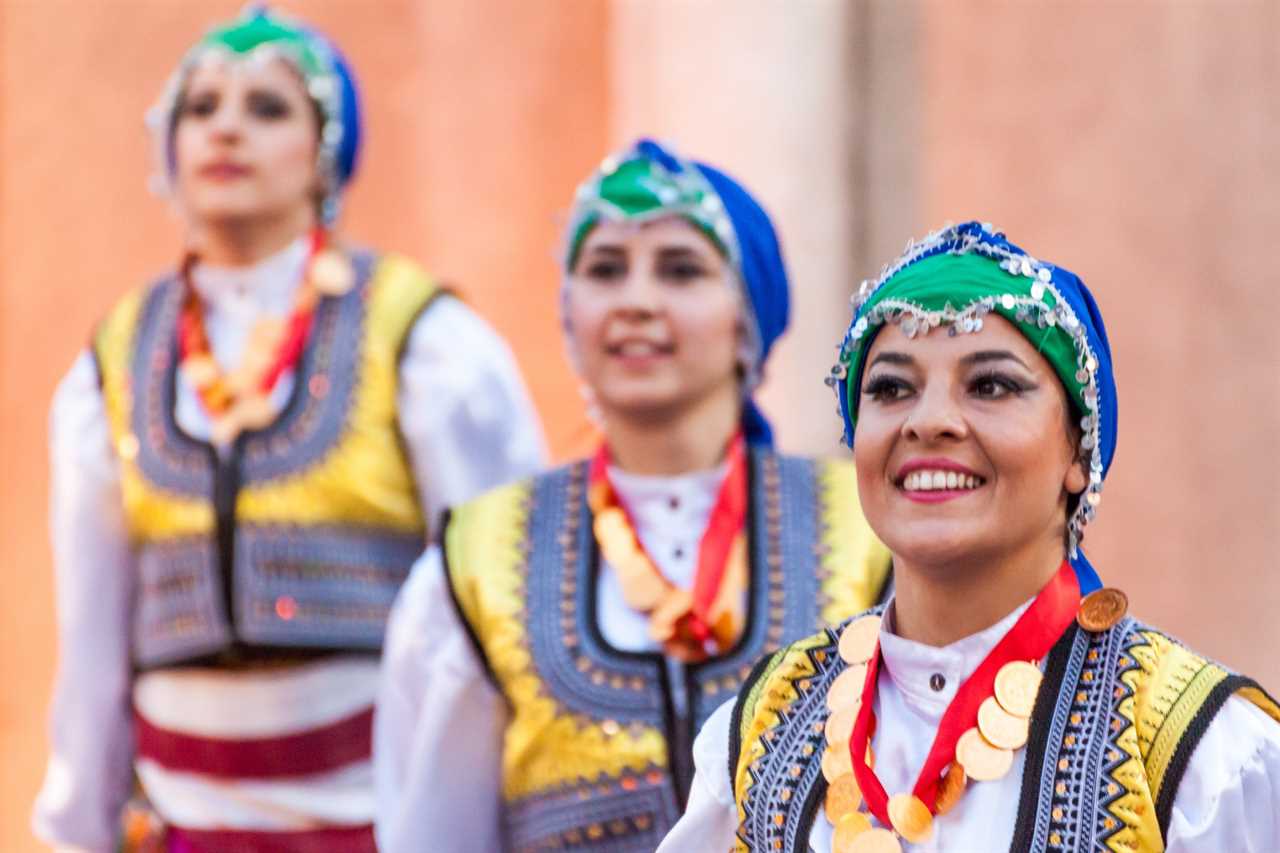
Cultural experiences are not confined to wealth and privilege. People from all walks of life find ways to celebrate and engage with their heritage and that of others. The richness of cultural experiences often lies in their authenticity and the connections they foster. From community festivals to nature walks, these unexpectedly rich experiences remind us that culture is a shared human treasure, accessible to all who seek it.
Read More
15 Warning Signs That Local Schools Are Failing
15 Products That Are Eco-Friendly Without Breaking the Bank
|||-------------------------------------
By: Teri Monroe
Title: 15 Unexpectedly Rich Cultural Experiences Poor People Enjoy
Sourced From: www.dinksfinance.com/2024/06/15-unexpectedly-rich-cultural-experiences-poor-people-enjoy/
Published Date: Fri, 07 Jun 2024 12:05:31 +0000
Did you miss our previous article...
https://coachingbusinessowners.com/funding/heres-why-you-should-think-twice-before-buying-an-suv






